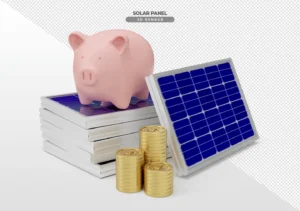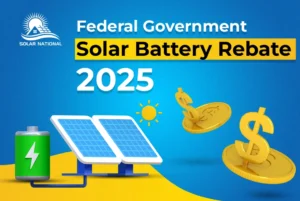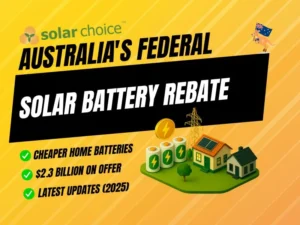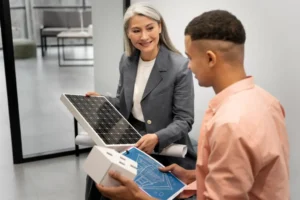Whether you’re a solar installer or seeking to hire one, understanding the fundamentals is crucial for achieving optimal results. As solar energy becomes increasingly common, numerous installers and approaches to the installation process have emerged.
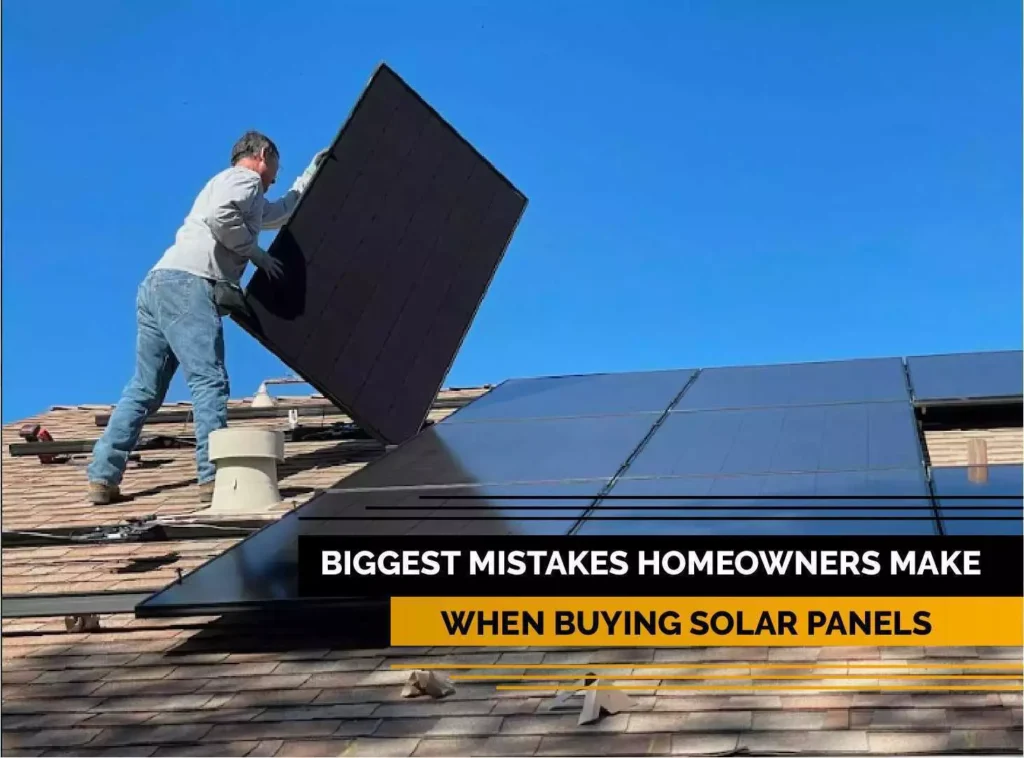
Here are five key common mistakes to avoid:
1. Requesting Too Many Quotes
While it’s wise to gather multiple quotes when considering a solar system, requesting too many can lead to confusion and overwhelm. The solar installation market is highly competitive, and installers often feel pressure to offer the lowest prices, sometimes at the expense of quality.
When gathering quotes, focus not only on price but also on the credibility of the installer and the quality of the components they offer. Look for products sourced from reputable Australian distributors that comply with local consumer laws. Key indicators of quality include warranties and guarantees. For instance, ensure your chosen system includes a 25-year linear power guarantee that meets international standards, such as maintaining at least 90% rated power after ten years.
Homeowners should be wary of deals that seem too good to be true. Some installers may offer significantly lower prices by cutting corners on installation quality, warranties, or customer support. Investigate each installer’s reputation through customer reviews, ratings, and case studies to gain a better understanding of their track record.
It’s also important to consider the type of solar system being offered. Different installers might use varying technologies or brands of panels and inverters. Researching the specific products included in the quote can reveal a lot about their reliability and performance.
Additionally, be cautious of installers who pressure you to make quick decisions or imply that prices will rise soon. Take the necessary time to understand each proposal thoroughly and to ask questions. A well-informed decision will save you money and frustration in the long run.
2. Lacking Knowledge of Solar Economics
One of the main reasons homeowners invest in solar energy is the promise of cost savings. However, accurately calculating these savings is crucial for realizing long-term benefits. The payback period—the time it takes to recoup the investment in solar equipment and installation—should be a central consideration in your decision-making process.
To determine your potential savings, calculate the total energy your system is expected to generate over its lifespan and compare it to the cost of obtaining that same amount of energy from the grid. Don’t forget that electricity prices fluctuate, particularly during peak hours, which can significantly impact your calculations.
Furthermore, homeowners should educate themselves about the feed-in tariff scheme, which can significantly affect overall costs. This scheme allows you to sell excess energy generated by your solar system back to the grid. The rates offered by energy distributors for this exported energy can vary widely, so it’s wise to consult with your energy retailer to get a clear picture of the rates you will receive.
Consider additional savings opportunities, such as government incentives or rebates for solar installations. Various programs can significantly reduce upfront costs, enhancing the overall return on investment. Understanding local and federal incentives can be a game-changer in making solar energy affordable.
Moreover, homeowners should be aware of any hidden costs associated with solar installation. These can include installation fees, maintenance costs, and charges for connecting to the grid. It’s vital to read the fine print and understand the total cost of ownership over the lifespan of the system.
Finally, remember that solar energy can contribute to increasing your property value. Several studies indicate that homes with solar installations sell at higher prices compared to similar homes without solar systems. This potential increase in property value should also factor into your overall financial calculations.
3. Incorrect System Sizing
One of the most common mistakes made by both installers and homeowners is incorrect system sizing. While the goal may be to ensure that you have ample energy to meet your needs, oversizing the system can lead to wasted energy and increased costs.
Larger solar panels come with higher costs, and paying for energy that won’t be utilized isn’t financially sound. Homeowners need to work closely with their installers to determine the right system size based on their energy consumption patterns, historical usage data, and future needs. This process often begins with a comprehensive energy audit of the home.
During the energy audit, a professional will evaluate your current energy usage, seasonal variations, and any planned changes to your home that may affect energy consumption, such as adding an electric vehicle or upgrading appliances. Based on this information, they can recommend a solar system size that aligns with your average energy demands while allowing for future expansion.
Moreover, it’s crucial to understand how solar panels work in relation to energy production. Many homeowners mistakenly believe that the system’s power rating directly translates to regular output. For example, a 6kW system represents peak power but will typically produce much less energy during cloudy weather or outside peak sunlight hours.
Engaging with a knowledgeable installer who conducts a thorough energy audit can help ensure that your system is sized correctly. They should take into account various factors, including orientation and tilt of the panels, shading from trees or buildings, and local weather conditions.
Another consideration is the integration of battery storage. If you plan to incorporate battery storage into your system, it’s vital to account for this in your system sizing calculations. Batteries can provide additional flexibility, allowing you to store excess energy for use during peak times or at night, but they also require careful consideration of overall system design.
4. Battery Discharge Management
As more homeowners consider energy storage options, understanding battery discharge management becomes increasingly important. The lifespan of solar batteries is closely tied to their usage patterns. To prolong their life, avoid discharging batteries below 50% on a regular basis.
Modern lithium-ion batteries can often handle deeper discharges, but consistently doing so can lead to premature degradation. Regularly recharging batteries with energy from solar panels before they reach low levels can significantly extend their operational life. Homeowners frequently regret the need for premature battery replacements, which can drive up overall system costs.
Every battery undergoes chemical reactions during use, and deep discharges can disrupt this balance, leading to diminished performance. Proper installation and management of battery usage are crucial for maximizing longevity and efficiency. Consider investing in smart battery management systems that optimize charging and discharging cycles based on real-time energy needs and production.
Additionally, the type of battery you choose can impact discharge management. Lithium-ion batteries typically offer better cycle life, efficiency, and discharge characteristics compared to traditional lead-acid batteries, making them a more favorable choice for most residential applications.
It’s also essential to consider the temperature and environmental conditions where your batteries will be installed. Extreme temperatures can affect battery performance and longevity. Ensuring that the battery system is installed in a suitable location can mitigate some of these risks.
Moreover, homeowners should remain vigilant about monitoring their battery health and performance. Many modern battery systems come with monitoring apps or interfaces that provide real-time data on charge levels, discharge rates, and overall system efficiency. Regularly checking this information can help you make informed decisions about your energy use and storage.
5. Prioritizing Safety
Safety should always be a top priority when installing solar systems. Even a small 3kW system can produce lethal power if not handled correctly. Ensuring safe installations is crucial, especially when connecting systems to the grid, which requires compliance with Clean Energy Council guidelines in Australia.
Many safety problems arise from installers rushing the job or failing to follow best practices. Solar panels can pose fire risks, particularly in homes with wooden structures. All connections must be properly insulated, and circuit breakers are essential to protect households from overcurrent and overvoltage issues.
Choosing an accredited installer recognized by the Clean Energy Council is vital. These professionals have the training and expertise to safely commission or recommission your system as needed. It’s also essential to ensure that all components used in the installation meet relevant Australian standards.
Homeowners should not hesitate to ask their installers about safety protocols and certifications. A reputable installer will be open about their qualifications and the safety measures they take to protect both the installation crew and the homeowner.
Additionally, homeowners should educate themselves about basic safety precautions related to solar energy. This includes understanding how to safely operate and maintain their system, recognizing potential hazards, and knowing how to respond in emergencies.
For instance, it’s important to treat solar panels and systems as electrically live, exercising caution when handling components, especially after adverse weather conditions. While many installers may effectively place panels on roofs, wiring presents significant safety risks that require careful attention.
In the event of a severe weather event, homeowners should know how to safely disconnect their solar systems from the grid to prevent damage or safety hazards. Having a clear understanding of your system’s operation will enhance your safety and preparedness.
Conclusion
Experience is invaluable when it comes to solar installations. The mistakes outlined can often be avoided or rectified even after installation. While gathering multiple quotes may seem tedious, it’s worthwhile in the long run. Taking the time to ensure the right system is chosen can save you from decades of regret.
Understanding the economics of solar systems is essential; don’t assume that advertised feed-in tariffs will still be available after installation. Connecting to the grid may take time and incur additional costs, so installers should carefully weigh these factors. A smaller system combined with other energy solutions can often be more effective than one that overestimates energy needs.
Finally, proper commissioning of solar systems is crucial for safety. Relying on accredited installers through the Clean Energy Council is a wise decision.
In addition to avoiding these common mistakes, homeowners should stay informed about the latest developments in solar technology and regulations. As solar energy technology continues to advance, regulations may evolve, requiring ongoing maintenance and awareness of new developments.
Additional Considerations for Homeowners
As you navigate the solar purchasing process, consider these additional factors to enhance your experience:
- Understanding Maintenance Requirements: While solar systems generally require minimal maintenance, regular inspections and cleaning are recommended to ensure optimal performance. Homeowners should understand what maintenance is necessary and whether it’s included in the installer’s services.
- Monitoring System Performance: Many modern solar systems come with monitoring technology that allows homeowners to track energy production and consumption in real-time. Familiarizing yourself with this technology can help you make informed decisions about your energy use.
- Preparing for Future Needs: Consider your future energy needs when designing your solar system. If you anticipate adding electric vehicles or other high-energy appliances, plan for a system that can accommodate increased demand.
- Educating Yourself: Stay informed about solar energy trends, technologies, and regulations. Joining local solar groups or online forums can provide valuable insights and support from other homeowners who have gone through the process.
- Assessing Long-Term Viability: Solar technology is constantly evolving, and new advancements can enhance system efficiency and reduce costs. Consider the long-term viability of your chosen system and be open to future upgrades or expansions.
By taking a proactive approach and being well-informed, you can make educated decisions that will lead to a successful solar installation, providing benefits for years to come. A successful solar investment can significantly reduce your energy bills, increase your property value, and contribute positively to the environment, making it a worthwhile endeavor for the future.


